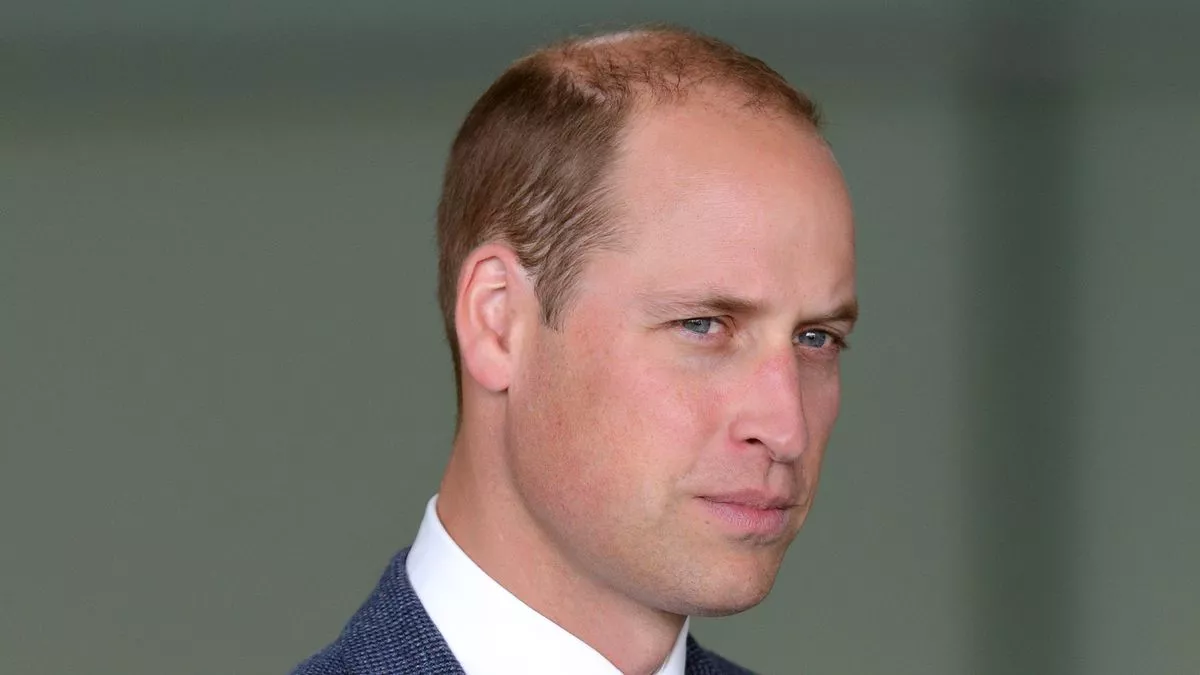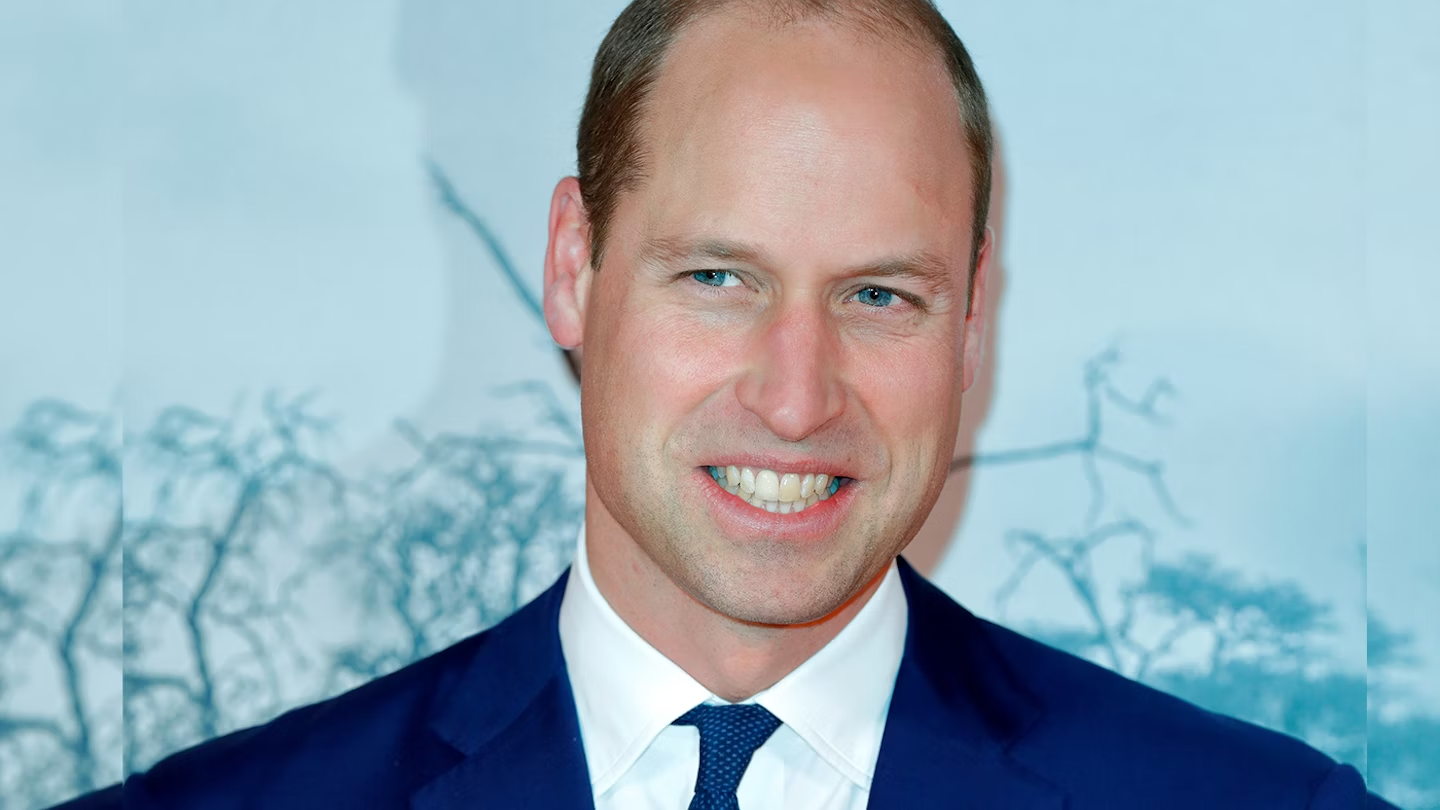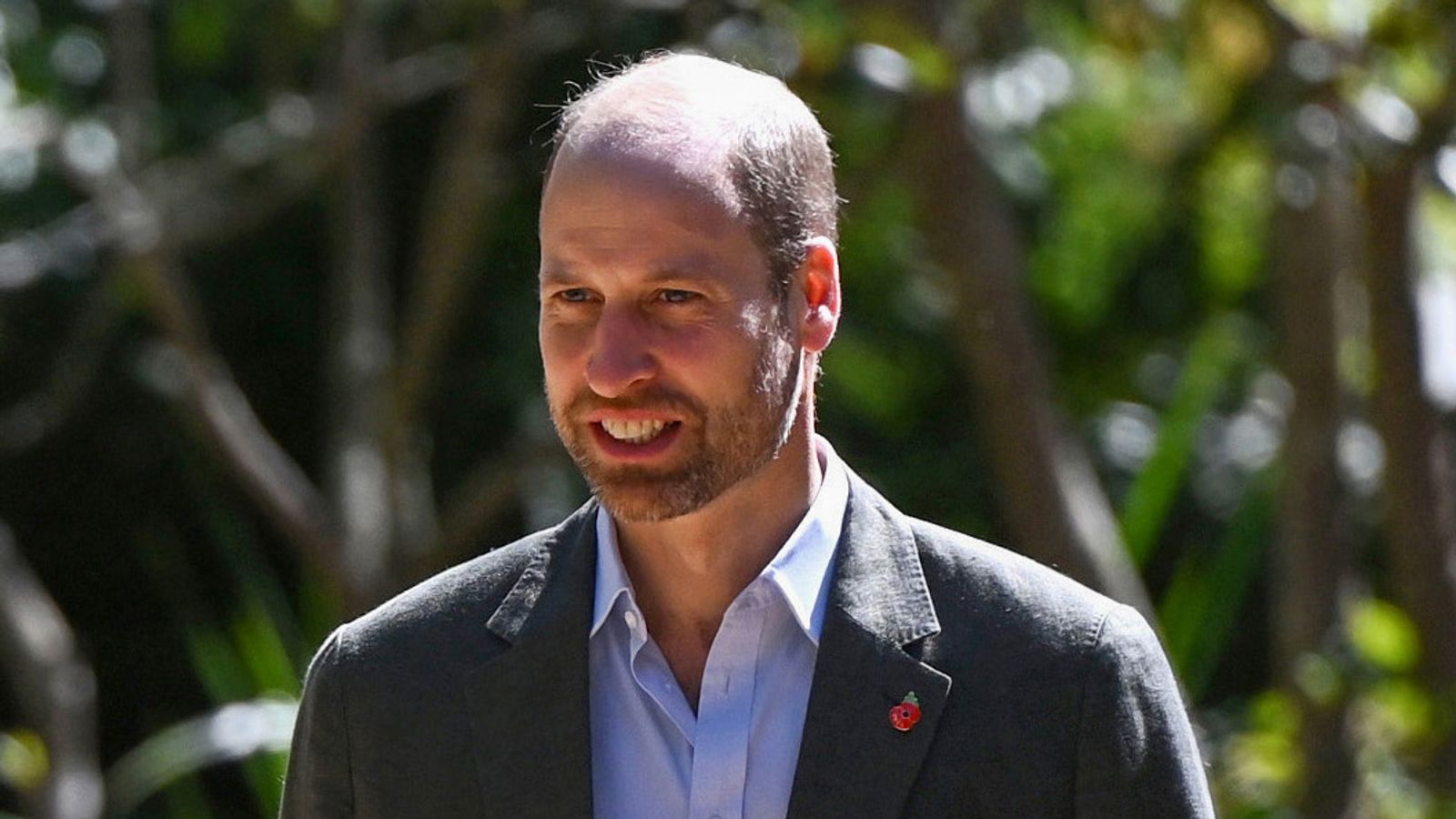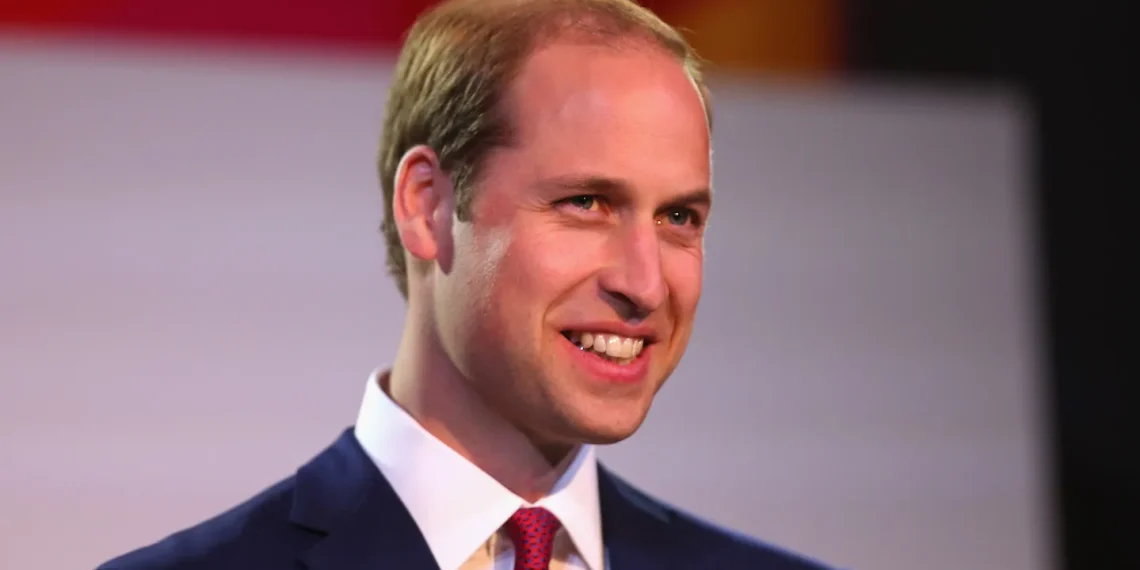Prince William, a prominent member of the British royal family, holds an impressive net worth of $120 million. As the eldest son of King Charles and the late Diana, Princess of Wales, he has a rich family legacy. Additionally, William is the third-oldest grandchild of Queen Elizabeth II and Prince Philip, Duke of Edinburgh. His younger brother, Prince Harry, is also a notable figure in the royal family. Before his grandmother’s death, he was widely known as Prince William, Duke of Cambridge. With his father’s ascension to the throne, William now holds the title of Prince of Wales.
Early Life and Education
Born on June 21, 1981, Prince William Arthur Philip Louis entered the world as the first child of Prince Charles and Princess Diana. His birth marked a significant event as he was the first child born to a Prince and Princess of Wales in over 75 years, following the birth of Prince John in 1905. His parents affectionately called him “Wombat,” showcasing their loving bond. William pursued his education at the University of St. Andrews in Scotland, where he met his future wife, Kate Middleton.

William completed an extensive military training program in December 2006, which included 44 weeks of officer cadet training. He then went on to serve in the Blues and Royals regiment. In 2008, he became a fully trained pilot and continued with further helicopter training. By 2009, William joined the RAF Search and Rescue Force as a full-time pilot, serving until September 2013. His military background adds another layer to his life story, one that complements his royal duties.
His Role in the Line of Succession
For most of his life, Prince William was second in line to the British throne. However, following the death of Queen Elizabeth II in September 2022, he ascended to become the first in line, just behind his father, King Charles. This change also positioned him as a potential future monarch of the 16 Commonwealth realms, including the United Kingdom, Canada, Australia, and New Zealand, among others. William’s royal responsibilities extend beyond the British monarchy, as he is also second in line to the position of Head of the Commonwealth and the Supreme Governor of the Church of England.
Inheritance and Wealth
Before his father became king, Prince William’s wealth largely stemmed from a trust fund established by his late mother, Diana, Princess of Wales. When King Charles ascended the throne, William inherited a massive real estate portfolio known as the Duchy of Cornwall. This portfolio, valued at approximately $1.3 billion, generates annual income ranging from $20 to $30 million. William and his brother Harry each received several million dollars from their great-grandmother’s estate following her death in 2002. Additionally, King Charles, in his capacity as Prince of Wales, provided financial support to William, with an annual payment of around $4 million to cover various expenses, including security, travel, and secretarial costs.
Following the divorce of Prince Charles and Princess Diana in 1992, Diana received a substantial settlement, equivalent to $24 million at the time, which would be worth about $40 million today when adjusted for inflation. After her tragic death in 1997, the money was placed in a trust for her sons, William and Harry. The funds were to be inherited by the brothers when they turned 25 years old. By the time both brothers reached 30, the trust had appreciated significantly, with each of them receiving $20 million. This trust contributes greatly to their net worth and plays a major role in shaping their financial standing.

The Duchy of Cornwall: A Royal Legacy
The Duchy of Cornwall is an iconic symbol of royal wealth and serves as a large real estate portfolio intended to provide income for the heir apparent to the throne. Established in 1337 by Edward III, it ensures that the next in line to the throne enjoys financial stability while awaiting their ascension to the throne. When Charles became king in September 2022, William automatically inherited the Duchy of Cornwall, becoming its primary beneficiary. When William eventually becomes king, the trust will pass to his son, George, ensuring that this royal legacy continues across generations.
The U.K. government designates the Duchy of Cornwall as a “crown body,” meaning that its income is exempt from taxes. Despite this status, Prince Charles voluntarily paid taxes on the income from the Duchy starting in 1993, paying at a 50% rate for nearly a decade. After his marriage in 1991, he paid a 25% tax rate. From 1993 onward, he paid the standard U.K. income tax rate on the Duchy’s income. The Duchy currently spans 133,000 acres across 23 counties and employs over 150 individuals. It generates income from farming, residential housing, and commercial properties. Recent reports indicate that the Duchy earned $30 million in one year alone.
The Personal Journey of Prince William
Prince William’s life began at St. Mary’s Hospital in London on June 21, 1982. As a member of the royal family, he did not use a surname, which is customary for royals. He was baptized in a ceremony at Buckingham Palace on August 4, 1982, by the Archbishop of Canterbury, Robert Runcie, on what would have been the 82nd birthday of his great-grandmother, Queen Elizabeth the Queen Mother. His godparents were notable figures, including King Constantine II of Greece, Princess Alexandra, and Lady Susan Hussey, among others.
In 1992, Prince William’s parents, Charles and Diana, separated, and their divorce was finalized in 1996. The following year, Diana tragically passed away in a car accident. William and his younger brother, Harry, navigated the emotional turmoil of losing their mother at a young age.

William’s educational path saw him attend several prestigious schools, including Eton College, where he followed the Spencer family tradition, even though the Royal family had typically sent their children to Gordonstoun. He later attended the University of St. Andrews, where he completed his degree. William’s education was integral in shaping his outlook and his future role within the royal family.
Military Service: A Commitment to Duty
Prince William’s military career was marked by significant achievements and responsibilities. As a lieutenant in the Blues and Royals regiment of the Household Cavalry, he worked alongside his brother, Prince Harry. His dedication to serving in the military continued when he earned his wings after completing pilot training at the Royal Air Force College Cranwell. William was then transferred to the Royal Air Force, where he trained as a helicopter pilot and became a full-time member of the Search and Rescue Force. His work with the RAF was notable, and he eventually took on a co-pilot role with the Sea King search and rescue helicopter at RAF Valley. He remained active in the military until 2013 when he transitioned to full-time royal duties.






